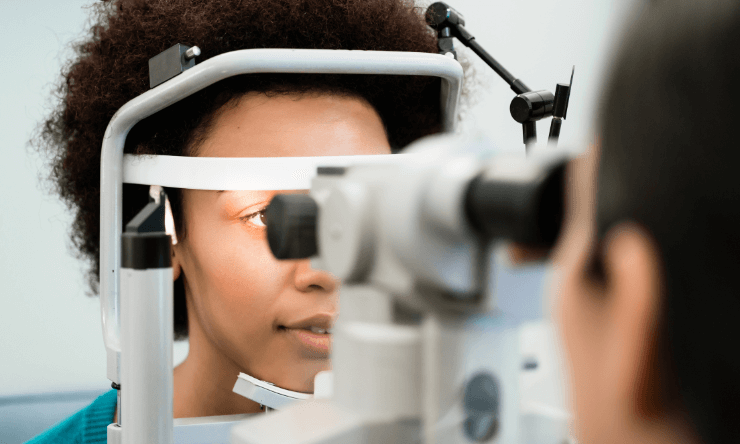Share
Canadian researches have discovered the flow of cerebrospinal fluid (CSF) – which flushed waste from the optic nerve – is disrupted in mice with glaucoma.
University of Toronto (UoT) Professors Dr Neeru Gupta and Dr Yeni Yucel claim their study is the first to provide evidence that CFS entry into the optic nerve is impaired in glaucoma patients. The discovery fuels hopes that their ongoing work will provide new answers about the disease.
Their new research follows on from a previous study that showed CFS penetrates the optic nerve, rather than just surrounding it. The fluid is made by tissue that lines the ventricles in the brain, and also permeates into the spinal cord to help cushion from injury and provide nutrients.
“This casts an entirely new light on glaucoma,” said Gupta, chief of glaucoma at UoT’s Faculty of Medicine and a clinician-scientist at St. Michael’s Hospital in Toronto, Canada.
“This discovery potentially offers new hope. As long as we keep looking, there’s hope for a better future for our glaucoma patients.” Dr Neeru Gupta, UoT “If fluid is not getting into a nerve and that fluid exchange – good things getting in, bad things getting out – is disrupted, maybe that's part of the reason the optic nerve is damaged in glaucoma.”
The research team will now shift its focus to investigating why the flow of CFC is impeded, and what impact it has on the optic nerve.
“I see many people who are slowly losing their sight from glaucoma. Despite many of our treatments, it’s sometimes not enough. This discovery potentially offers new hope. As long as we keep looking, there’s hope for a better future for our glaucoma patients,” Gupta said.
Yucel said the findings could provide answers to other ocular incurable conditions. “Now that we know there’s a problem, we need to drill down to understand the elements of it. It may even explain space flight-associated neuro-ocular syndrome [in astronauts],” he said.
The study appeared in the December issue of the journal Investigative Ophthalmology & Visual Science.


